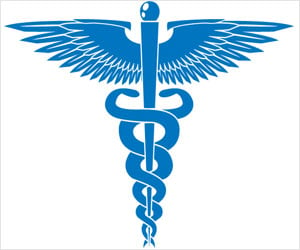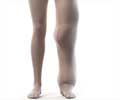New York University study examines the validity, sensitivity, and specificity of symptoms for detecting breast cancer-related related lymphedema.

‘Women who reported arm heaviness, arm firmness, increased arm temperature, limited arm movement and arm aching had more than five times the odds of lymphedema compared to women without these symptoms.’





A latent period may exist months or even years before overt swelling occurs. During this latency, changes in the affect limb cannot be detected objective measures, other than the persistence of other symptoms. Given the late presentation of visible symptoms, self reporting plays an important role in early detection. A new study led by researchers at the New York University College of Nursing (NYUCN) examines the validity, sensitivity, and specificity of symptoms for detecting breast cancer-related related lymphedema. The study, "Symptom report in detecting breast cancer-related lymphedema," published in Breast Cancer: Targets and Therapy, also determines the best clinical cutoff point for the count of symptoms that maximized the sum of sensitivity and specificity.
The NYU researchers collected data from a total of 250 women categorized into three cohorts. Sixty participants were healthy female adults, forty-two were breast cancer survivors who had been previously diagnosed with lymphedema, and 148 were at-risk breast cancer survivors.
Healthy participants were significantly younger than the breast cancer survivors with lymphedema and at-risk survivors. Also notable, there were considerably more nonwhite survivors with lymphedema.
"In part one of our review we evaluated twenty-two symptoms associated with breast cancer-related lymphedema, and in part two we assessed different dimensions of symptom distress," said the study's first author, Mei R. Fu, PhD, RN, ACNS-BC, FAAN, associate professor of Chronic Disease Management at NYUCN.
Advertisement
"While each of these symptoms and its dimensions is diagnostically relevant, we found that we could differentiate healthy adults from breast cancer survivors with lymphedema and those at risk for lymphedema by a count of their symptoms," said Dr. Fu.
Advertisement
Dr. Fu and the team researchers are hopeful that in the absence of objective measurements capable of detect¬ing latent stage of lymphedema, that the count of symptoms could be an extremely cost-effective initial screening tool for lymphedema, and encourage its use in clinical practice.
Source-Eurekalert










